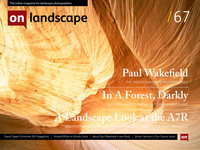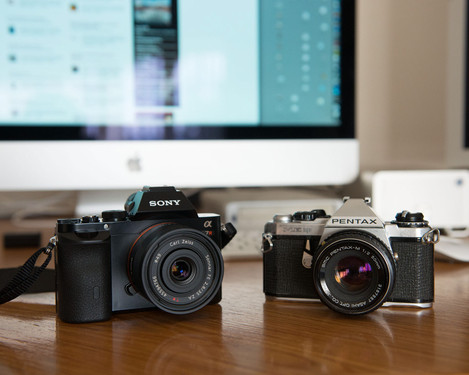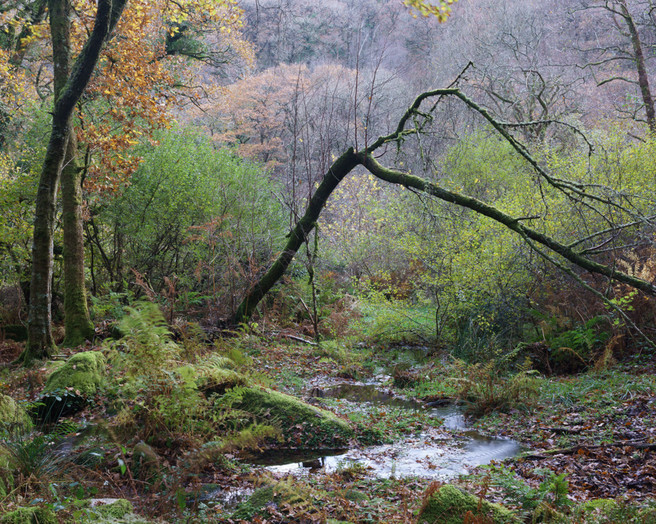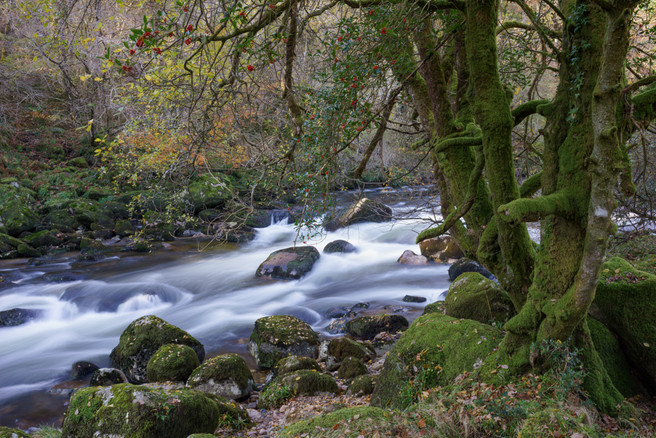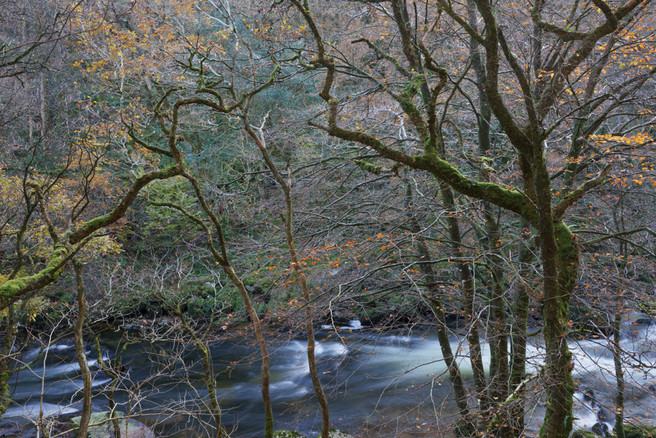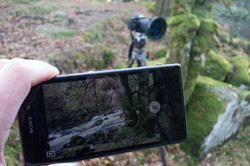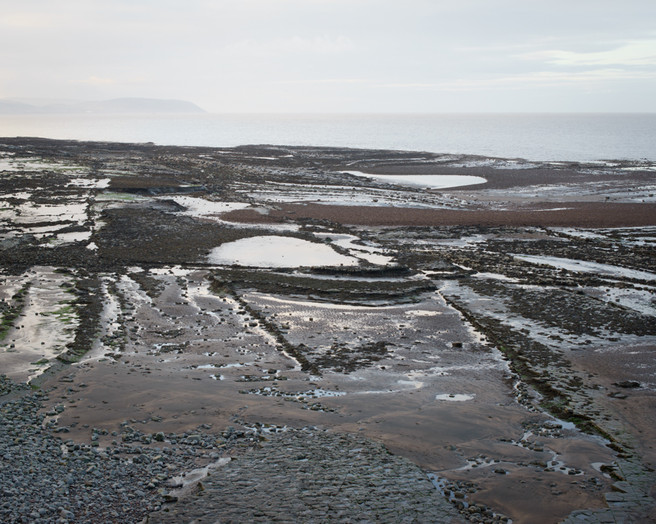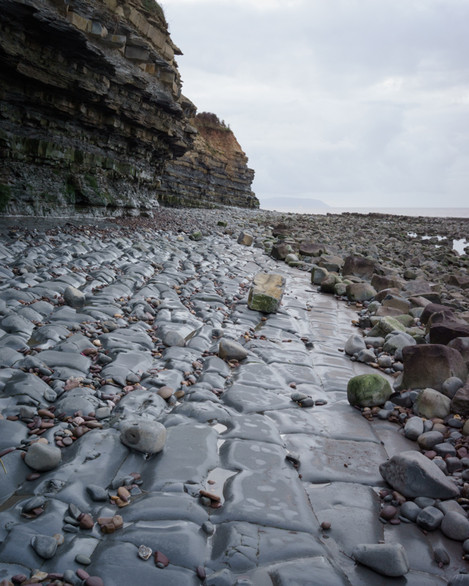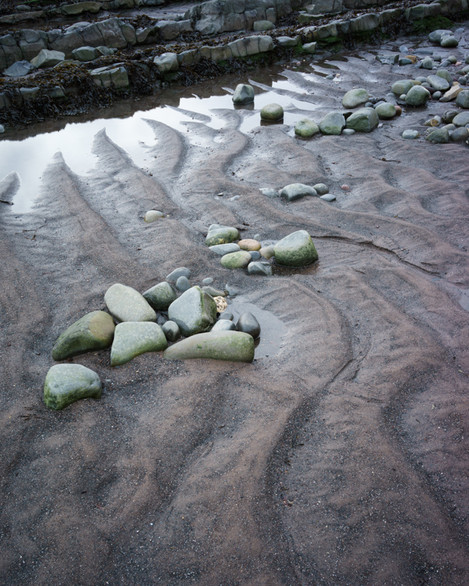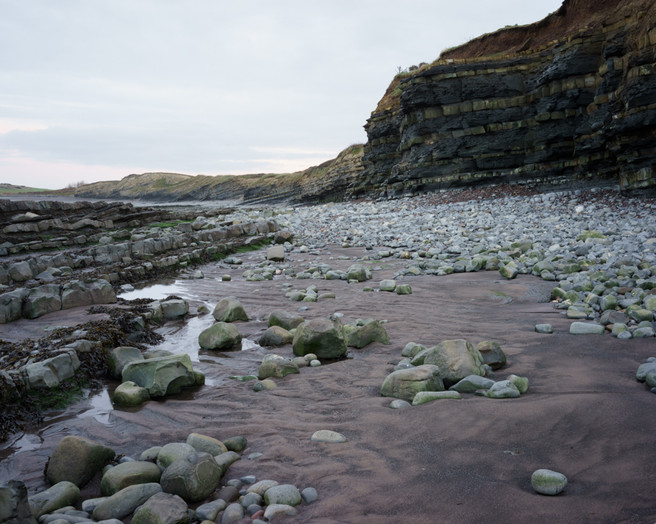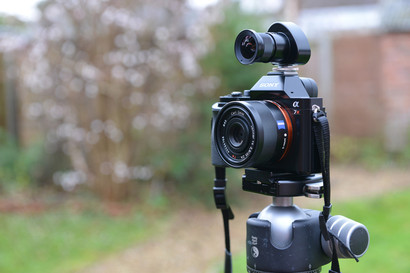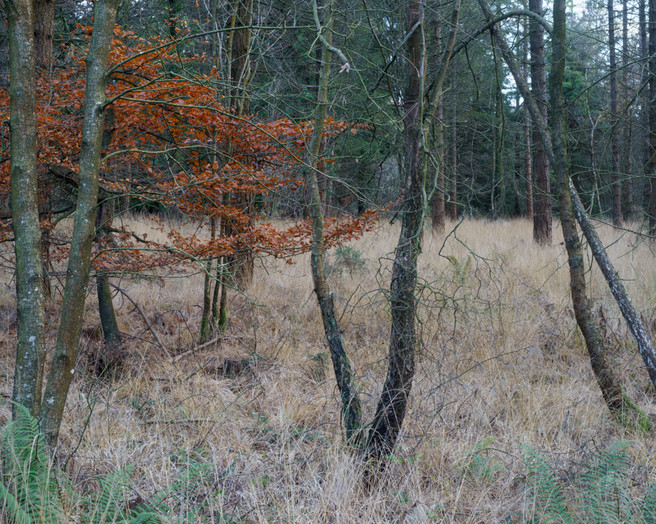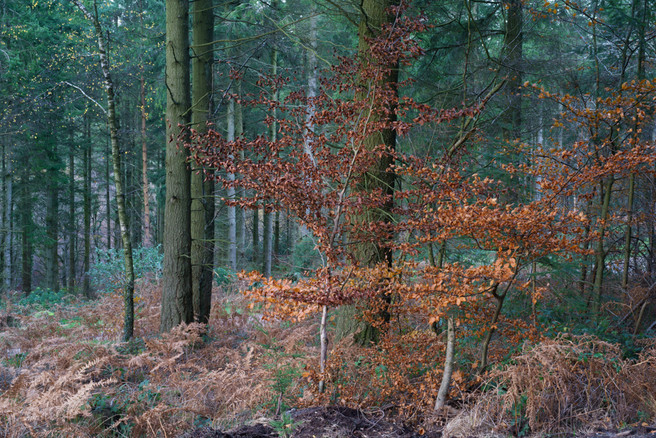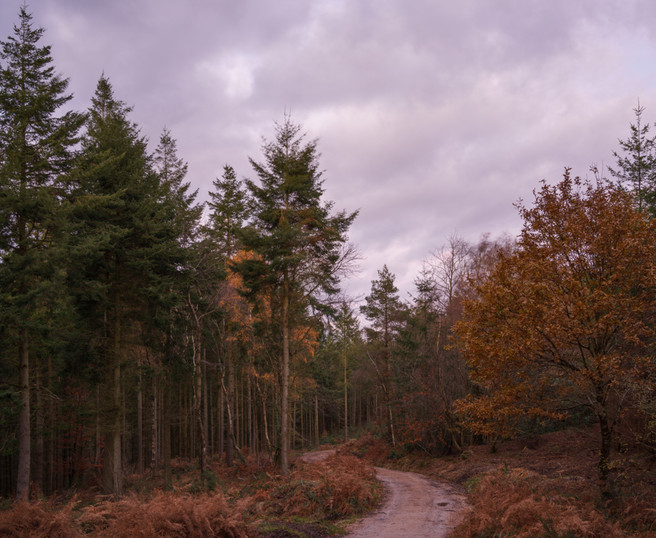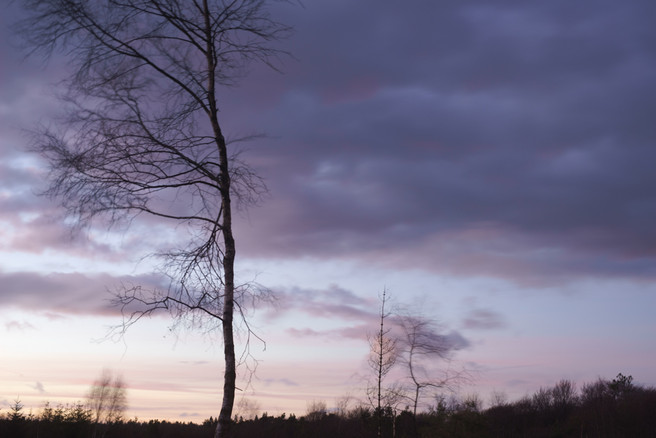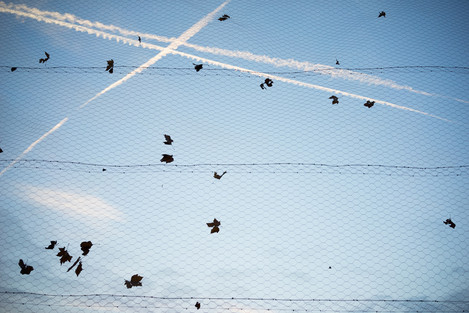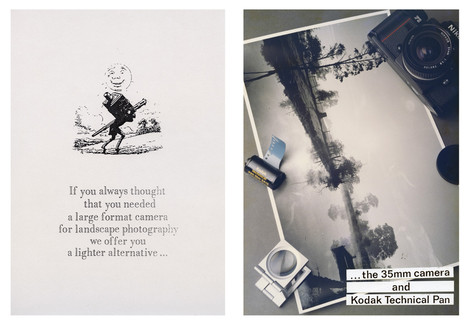The Sony A7R in use in the landscape

Andrew Nadolski
Andrew Nadolski is a professional designer and photographer based in Exeter. His series 'The End of the Land' has been exhibited in museums and art galleries across England and has been published as a book by Headon House.
Not since the details first leaked of the Nikon D800 has there been a camera that has generated this much pre-release ‘web’ debate, speculation and hyperbole. Expectations from the diminutive Sony A7R (and A7) are high, possibly too high. Would it be a ‘Leica killer’, could it establish Sony as a contender to join the ‘top table’ of manufacturers and sit alongside Canon and Nikon? The simple answers are (a) unlikely and (b) possibly.
With some commentators whipping themselves into a pre-release frenzy could reality ever live up to this much hype. Much is being quite rightly written about the tiny size of this camera and certainly judged by today’s full frame models it is small. Some writers even wondering if it might be too small to hand hold. A quick comparison to the size that 35mm film cameras (admittedly manual wind on models) used to be makes you realise that Sony have in fact managed to make a camera the same size that cameras were 30 or so years ago. A slightly worse for wear Pentax ME Super I keep on the shelf above my monitor puts things into perspective a little.
I don’t mean this to take anything away from Sony - what they have achieved in packing what could really be considered medium format quality into a compact body is a feat of engineering excellence. I don’t think there is another manufacturer who could have achieved this and it does highlight just how cumbersome and bloated full frame 35mm cameras have become. An excellent example of this is the new Nikon DF, a camera that has truly earned the ‘fugly’ crown. Sony has brought us a camera that is ultra modern yet in looks and feel harks back to how cameras used to be. What Nikon have done with the Duff (as I shall now call it) is to try and sell us nostalgia by sticking some extra analogue looking bits on a D600. It certainly looks like a camera that has found where the pies were hidden and is definitely the ugly sister to Sony’s Cinderella (excuse the seasonal panto reference). Maybe Nikon should learn a bit about not overhyping a product that really isn’t that special.
The whole ethos of On Landscape is about image making and not to be gear focussed but when a camera that is as ground breaking as the A7R is it is well worth looking at. As photographers, we rely on our cameras to physically take the pictures that we should be seeing with our eyes first. If 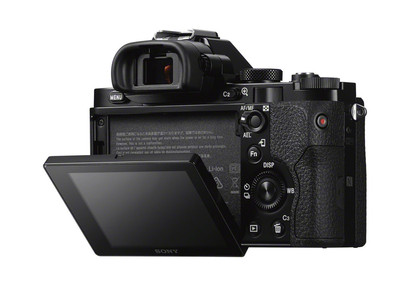 a camera’s excellent viewfinder/screen helps us perfect composition or its lightweight enables it to be carried comfortably ‘that extra mile’ or simply with us more often then that camera is something worth looking at.
a camera’s excellent viewfinder/screen helps us perfect composition or its lightweight enables it to be carried comfortably ‘that extra mile’ or simply with us more often then that camera is something worth looking at.
There are already countless technical reviews of the A7R on the web, and will no doubt appear in the ‘analogue’ pages soon, and all seem to sing the praises of Sony. What I wanted to explore is whether it is a camera suited for landscape photography. After all complaints about focus speed or burst ratios are less important to us than accurate colour, image quality and in-use ergonomics when out in the landscape.
There are certainly no issues with the build quality - simply put the A7R is one of the best built digital cameras I have ever handled. It is solid and, importantly, not too light. It feels like a ‘proper camera’ not a ‘point and shoot’ that its small size might initially indicate. This is a camera for serious photographers. Sony doesn’t seem to have scrimped on any aspect of the camera body so a big plus score for the hardware. What is nice is the fact that Sony hasn’t tried to over-price it at launch and it is priced quite aggressively.
The body has just enough user configurable buttons to make the A7R an easy camera to work with in the field. The real usability test for me is how quickly I can alter core settings on the camera without having to delve into the menu. Apart from the slightly hidden away format control I have set-up the camera exactly as I want it so that the camera operation doesn’t distract me from my image making. I have set the configurable controls as follows:
C1 button - ‘creative style’, for me this is simply the option of whether I shoot in colour or black and white. One of the advantages of ‘electronic viewing’, whether by EVF or LCD, is that when I want to shoot black and white I can visualise the composition in mono. Creative black and white interpretation of a raw file follows in post-processing but I find in composition it really helps to dispense with distracting colour.
C2 button - this is set by default as the focus (or image review) magnifier. With manual focus lenses (via an adapter) this involves subsequently pressing the inner button on the rear control wheel to control the magnification ratio. If using exclusively manual focus lenses it is probably worth changing this set up so a two button press on the AF/MF button achieves the same result but falls easier to hand. Thanks to Dave Tolcher for pointing that out.
C3 button - I set this so that it controls the peaking assist function though I have found that after a few days in the field with the camera I am rarely using this feature so will probably free up this button to control something else.
Rear control wheel - by default this is set so a ‘left press’ controls drive mode, self timer and bracketing. As I hadn’t got an electronic release for the camera I used the self-timer on a short count down to minimise any vibration from pressing the shutter button. Once said release is obtained I will probably disable this control to avoid changing things accidentally. A ‘top press’ changes the display in the EVF or on the LCD. Mine is set to: ‘first press’ histogram; ‘second press’ electronic level; ‘third press’ clear display.
Pressing the function button brings up a grid of 12 alterable settings that are user assigned. I have included the zebra pattern control (to indicate possible blown highlights) and the grid lines display. Other photographers will configure their cameras differently but this level of control is welcome in such a small camera. The only other default control I disabled was to stop the outer rear control wheel from changing the ISO setting. I don’t normally vary the ISO much in the field so I find it safer to have it set via the ‘function button’ to avoid accidentally knocking it.
The camera menu is reasonably logical and as mentioned apart from the slightly hard to find format control doesn’t require in depth reading of the manual. When I first opened the camera box I was ready to applaud Sony for providing a nice, comprehensive printed manual - it is nearly an inch thick! That is until I realised that, in fact, it is a simple manual (less than 64 pages) printed in 12 languages.
There has been quite a bit written about the noisy shutter and it is louder than my D800 but I haven’t found any issues of camera shake when hand holding the camera. It is probably sensible to stick to the normal guidance of not going below a speed comparable to the focal length of the lens being used. Some commentators are pointing out vibration issues with the A7R and long lenses when used on a tripod. I haven’t had a chance to explore this yet but as I rarely shoot with long telephotos for my landscape work it is not as important for me as it might be for wildlife photographers. The A7 doesn’t appear to be affected by this as it has an electronic first curtain on the shutter.
The day after I picked up the camera I headed off to a secluded river valley on Dartmoor. For some reason, Sony shipped the camera body to dealers a few days in advance of the 35mm F2.8 FE lens so I had no choice but to try the camera out with a lens adapter and manual focusing. In terms of usability, I really wanted to explore if I could work with an electronic viewfinder - I had some real reservations about this aspect of the camera and I am still coming to terms with whether I love it or hate it (more on this later). The tilting rear screen is really quite pleasant to work with, providing, as with all LCD screens, you can see them clearly in daylight. With no light shining directly on it it is almost like working with a waist level finder on one of my TLRs or Hasselblad. Note to camera manufacturers - why not build in accessory grooves on the side of the flip-out LCD screen so you can attach a simple collapsible hood with maybe a flip up magnifier. A simple idea that has stood the test of time.
For this first trip out I took my Nikon 50mm 1.4G lens, my Sigma 35mm 1.4 ‘Art’ lens (both of which I know to be superb) and my Nikon 14-24mm zoom, which if I am honest I am not as enamored with. These were mounted on the A7R with a Metabones Nikon G to Sony E convertor. The Metabones, like the Novoflex, has a rotary control to manually alter the lens aperture though the actual f-stop in use has to be ‘guesstimated’. One of the reasons I chose the Metabones is that it has a built in tripod foot with a small Arca Swiss plate.
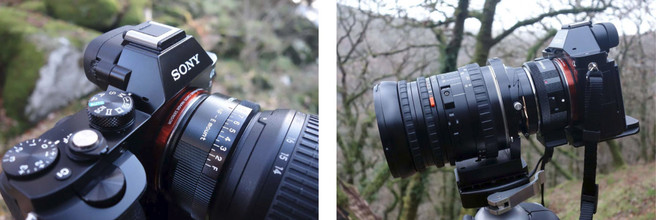
Left: Sony A7R, Metabones adapter and Nikon 14-24
Right: Sony A7R, Metabones adapter, Mirex adapter and Hasselblad 50mm
I found this to be a bit lose on my Really Right Stuff ball-head so added one of the mounting plates I normally use with my Hasselblads which gave a bigger overall ‘foot’. The main reason for wanting a mounting foot on the adapter is that there will be less chance of a heavy lens twisting the camera lens mount, causing it to become misaligned. Using this approach I felt comfortable even ‘double mounting’ one of my heavy Hasselblad lenses on the Sony to try out a four frame stitch on my second day out (some of you may have seen this Frankenstein set-up on the OL Facebook page).
The following picture of the River Dart was taken using the Sigma 35mm. Shooting with the lens at approximately F16 and a 3 stop ND filter gave a shutter speed of 2 seconds at ISO 100. It was taking this image that showed me one of the biggest advantages of working with an EVF. By magnifying the image in the viewfinder I could check the focus front to back as well as right into the corners with the lens stopped down to the taking aperture and with the ND in place! I couldn’t have done this with the viewfinder on the D800 or with its relatively poor live view. It almost felt like using a loupe on the ground glass of a 5x4 to check focus. Because the lens was stopped down I could see any errant branches near to camera, that was slipping, out of focus, into the frame. I have been caught by this before with my D800. Viewing the image ‘wide open’ means that, occasionally, thin blades of grass or branches, closer to the lens don’t register to the eye in the viewfinder at F1.4 but appear in the final image shot at much smaller apertures.
The Sigma proved itself to be a superb lens on the A7R, as did the 50mm Nikkor, and the final images are sharp across the whole frame even at F16 and I have made 30 inch wide prints from both these shots. I doubt my D800 would be able to achieve any better with the same lenses. My Nikon 14-24 proved to be a lot softer stopped down to F16, it really doesn’t perform that well at small apertures. However, I would still feel comfortable making a 20 inch wide print from the pictures I took with it.
Because I hadn’t downloaded the beta version of Lightroom 5 the first day or so was spent looking at the camera jpegs. Sony certainly seems to be working some magic with their jpeg sharpness settings as these are some of the best sharpened images coming straight out of camera - there are no ugly halos at all. I wish the jpeg engine in my D800 was as good.
Camera colour is a bit of a subjective area with people preferring different ‘looks’ and even debating how accurate green reproduction is. Toggling the presets in Lightroom gives you some idea of how the interpretation of colour changes depending on the camera profile. I have been impressed with Sony’s handling of colour ever since I started using an RX100, a pocket camera that produces better ‘out of camera colour’ than my D800 and the A7R continues Sony’s excellent reputation.
Setting up for this shot allowed me to test out one of the cameras ‘bonus features’ - the ability to communicate with an ipad/iphone over an ad hoc wifi signal, or with my Sony Xperia Z1 phone via NFC (near field communication) out in the wilds of Dartmoor. Touching the phone to the camera synced the two devices (eventually) and allowed the phone to see the camera image and trigger the shutter.
The version of the smart shutter app pre-installed on the camera is an old version and there is a much better updated one available for download if you go through the slightly laborious process of setting up a Sony Entertainment Network account (the only way you find out there is an update). The updated app is a lot better. You can alter shutter speed, aperture, white balance and ISO from your phone as well as touching the screen to select focus points. This is more like it, and I can see myself using this on occasion. It is not quite a Camranger but it doesn’t require any accessories and is free. I tested the range out at home and it worked between floors of a house. The app also sends a small jpg version of a shot image to the phone or tablet which can be uploaded to a blog or social media site, whilst on location, if you are into all of that.
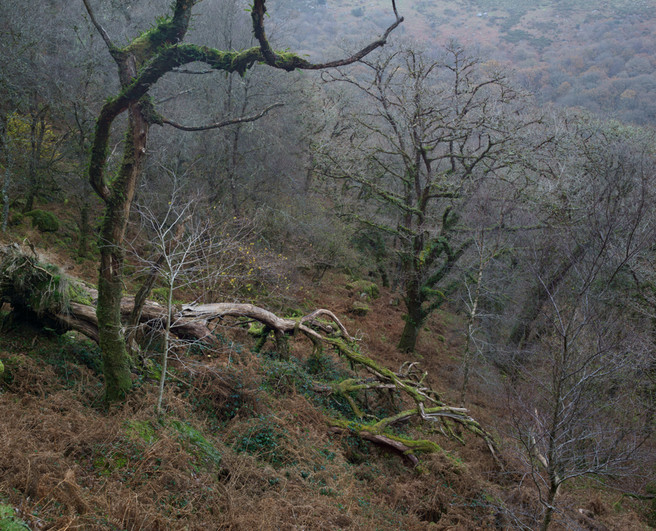
Four (vertical) frame stitch. Sony A7R, Metabones adapter, Mirex adapter and Hasselblad 50mm CFi lens. 0.8 seconds at at approximately f11
When I dropped into Devon Camera Centre to pick up the Sony 35mm I had ordered I thought they were handing me an empty box - this is an unbelievably light lens! It does match the camera well and makes manual focussing a quicker operation as adjusting the focus ring on the lens automatically enlarges the viewfinder (or LCD) image. For travelling around it makes a more compact and lightweight alternative to a legacy lens and an adapter and the performance is good for such a lightweight lens and of course, does add autofocus! It is on the expensive side compared to the price of the camera body which may cause some photographers to stick to the body and use their existing lenses and sacrifice a bit of weight advantage.
I picked the wrong afternoon for my second trip out with the camera. It was the day the storms hit the North and although the South West escaped unscathed it was far too windy out on the exposed landscape of Dartmoor. I climbed down into the relative shelter of a valley and had a chance to test out whether you could stack-up adapters to add medium format lenses to the A7R. Again, using the EVF, I was able to check focus front-to-back with the lens stopped down and shot the following four frame stitch across the full width of the image circle of my Hasselblad 50mm. By the time I got set up to take the shot at around 3.30pm it was getting really quite dull - lovely! The size of the stitched image is 29.89 inches by 24.23 inches at 300ppi and as a quick test strip print showed me will easily print full size and probably larger. The only area slightly soft are the corners as we are going right to the edge of the image circle - not bad for an old ‘analogue’ lens.
My next trip out with the camera was a late afternoon trip to Kilve in North Somerset to try out the 35mm Sony lens. I wanted to shoot in the ‘quiet light’ that you get when the sun has gone down behind hills, to see how the camera handled subtle colours. I was able to work well initially with the LCD screen for composition but as the light levels really started to drop I found I was less able to judge critical focus in the EVF. I wished I had taken some manual focus Nikkors with me so I could work with a ‘hard-stop’ for infinity and at least be able to judge the depth of field using hyperfocal distance. As light levels dropped even further I found I started to miss having an optical viewfinder as I was struggling to see an image in either the EVF or on the LCD to compose with. On the drive home, it dawned on me that if the camera doesn’t have an optical viewfinder I could add one (when required)...
Haldon Forest - for this short trip out I thought I would take the opportunity to test out one of my oldest lenses, a 55mm Micro Nikkor I bought new in 1984. When I put the 55 on the Sony it really reminded me of the weight and ‘in hand’ balance that I used to get when I used the lens on my FM2. My nagging desire to have the option of an OVF was solved by digging out my old Horseman Zoomfinder from my 5x4 kit. This proved to be the, albeit a rather large one, ‘missing link’ and I felt more comfortable finding and initially composing an image with the zoomfinder when light was shining on the LCD screen. This combination is too heavy to carry round for hand held shooting so I have added a Voigtlander Zoom Finder
(15mm - 35mm) which is a lovely piece of engineering with clicks for specific focal lengths. With a Nikon 14-24mm on the camera it does feel a little bizarre as you can see the barrel of the lens in the bottom centre of the viewfinder - a bit like a ‘first person shooter video game. As I intend to invest in a shorter, high quality 24mm prime this isn’t going to be an issue for long.
What was really nice to find was just how well the nearly 30-year old Nikkor performed. It was fantastic stopped down and I certainly never achieved the level of detail I was now getting when I shot with this lens and film.
This leads me to one of the most interesting aspects to consider with the A7R (or A7). It is unusual for a company to bring a new camera to market, only have one lens available at launch, and make a big feature of the fact that you can use other manufacturers lenses with it. Sony Australia even offers a free Canon to Sony Metabones adapter with the camera. If Sony had brought out an Alpha mount SLR based camera with a 36 mp sensor would the great majority of Nikon or Canon users pay much attention to it? No one with considerable investment in exotic glass is going to switch to a platform with a tiny lens range unless the core camera really provided something ground-breaking that their existing camera didn’t. Because of its ability to use almost any available 35mm format lens Sony have managed to say ‘hey, you don’t need to sell all your lenses - you can fit them on our new camera’. Adding a super lightweight and compact body to your system and keeping all your lenses - is an attractive proposition.
As far as cameras go the Nikon D800 was an evolutionary step that apart from a huge leap in resolution didn’t offer us much that hadn’t been available before. In fact, Nikon put a ground-breaking first class (Sony) sensor in what really is a bit more of a second class body (compared to a D3X) with mangled live view. Sony have taken a revolutionary approach that really throws the gauntlet down to other manufacturers, one that I doubt they are capable of picking up. I don’t think Nikon or Canon have the miniturisation skills in electronics to compete with Sony. Where they do win hands down is in offering a huge choice of lenses. What Sony has cleverly done with the A7R is side-step the ‘switching question’ because really that is not what they are asking you (to do on the surface). However, once you have that svelte little number installed at home how many people will be tempted to ditch their spouse for a slimmer model? Canon users are considerably more in danger of temptation as they can retain electronic aperture, EXIF information, image stabilization and autofocus. Ouch!
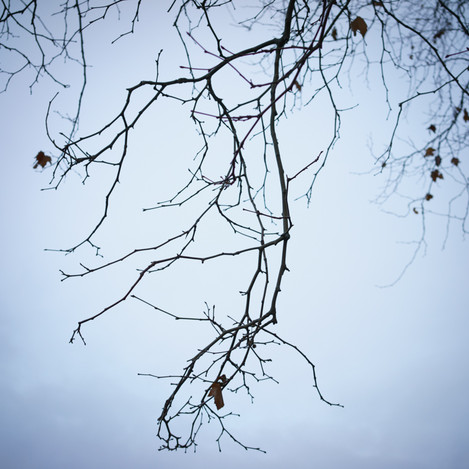
A7R with Sony FE 35mm F2.8 lens. 1/60 at f4. ISO640
I am finding that having the flip-out rear screen is helping me experiment more with shooting positions - I am having fun with this camera
Sony can afford to be brave with the A7R - their regular Alpha platform is unlikely to increase market share and precisely because they have such a small system they can embrace and encourage the use of third party lenses (current and legacy), including those of the competition. Nikon or Canon simply wouldn’t risk doing this - their strategy is that you need to buy completely into a system.
I think we are in the realms of considering the A7R much in the same way we would a Phase One (or Hasselblad) digital back. A body containing a sensor we add to our existing system/lenses etc to expand it. To put it simply even if Sony never made a single lens for the A7 series it would still be worth considering for a number of reasons:
It is a lightweight, compact, second camera body to carry alongside an existing camera as a back-up. This is one of the reasons I purchased mine. When I shot jobs with 35mm film I always carried a second body as a back up - stuff breaks. A client won’t be happy if you have to abandon a shoot because a shutter sticks or some flaky firmware causes your camera to lock-up. If as a landscape shooter you have climbed to the top of a mountain it is nice to have a spare camera in case of emergencies.
I still shoot a film for a lot of my landscape work. What I have always wanted was to be able to carry a digital camera alongside that would yield comparable size exhibition prints to scanned 120 film if required. Trying to carry a D800 alongside a full Hasselblad kit is just too much in weight and sheer volume. I can comfortably pack the Sony (and a lens or two) alongside my ‘blad and as I showed earlier even use the larger Zeiss lenses on it.
The second reason is that I am finding I can’t trust my eyes to judge critical manual focus using the OVF of the D800. I realise age isn’t helping but I can still focus comfortably by eye with an F3. The various focussing options with the EVF of the Sony means I am not reliant on AF which I find I am with the D800. I have solved my desire an OVF for initial composition and picture finding by adding a viewfinder.
So is the Sony A7R a camera for landscape shooters? The answer is yes. It is not as perfect as some reviewers would have you believe and there are a few niggles which could be improved in firmware (a 5:4 and 1:1 crop mode are high on my list) but for what it allows us to do it is unique. It gives results comparable or better than my D800 in a compact body that means it is more likely to be with me, more of the time. As the old chesnut goes ‘ the best camera is the one you have with you’.
For anyone doing long hikes, mountaineering work or anyone just fed up with lugging a heavy rucksack around, yet still want a high resolution full frame camera the A7R is the solution. Even the poor battery life isn’t such a big issues as spares can easily be carried alongside. The in-body charging can, when travelling, be an advantage - the micro-USB plug means I can charge my phone with the same single cable and plug.
Hopefully, Sony will realise there is a market for compact high quality lenses. If I am honest as a landscape shooter I don’t need ultra fast lenses. Give me a smaller lens that is fine at f2.8 but great at F11 / F16 and I would be happy. Fast lenses give a photographer ‘bragging rights’ but carry a price when you have to carry them around for a long time. With an EVF you are seeing the image at taking aperture so a fast lens doesn’t mean a brighter viewfinder it just means a heavier lens.
All of the above may sound like I am planning on ditching my D800. That is far from the case. It is my ‘bread and butter’ camera that I rely on for all of my commercial work now. But the A7R gives me something that I feel is going to possibly be more useful to me for a lot of my landscape work. That I can achieve the results I am seeing from such a small, easy to carry camera is simply astounding.
I would like to round up this overview of the A7R with a couple of things and they both relate to the size/weight advantages the camera offers us.
Firstly a quote from an American photographer whose work I greatly admire. Michael P. Berman is a photographer (admittedly a large format photographer) who makes epic trips into some of the American desert areas. In the book, ‘Sunshot’, when asked what equipment he uses, writes ‘...my technical advice to photographers is this: the less you bring to the desert, the more water you can carry’.
The second is an old piece of college work I found going through my store room. When I was at college I fancied (for a brief period) working in advertising and set my self a project to design some self-initiated ad campaigns for various photo products. One was this idea for a two page print ad for a super fine grain 35mm film. The first page being the ‘teaser’, with a ‘reveal’ page over the turn. Just delete the word ‘format’ on the first page, change the film reference to the A7R and show it sitting on a 30 inch by 24 inch print instead of the F3 and there you are.
The days of cumbersome backpacks are over.... if we want them to be

